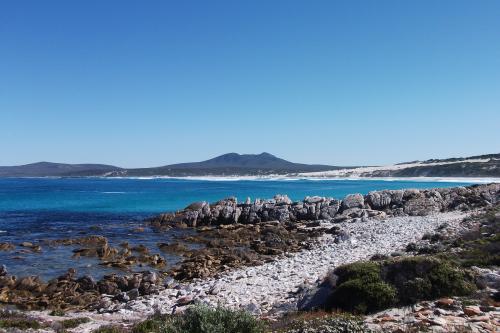About this place
The park contains many rugged and spectacular headlands, but Quoin Head is especially popular with photographers because of its distinctive shape and the pretty bay and beach it overlooks.
The headland is shaped like a ‘quoin’ which was a wedge used to raise a ship’s cannon or to keep it from rolling on the deck.
Ospreys nest on these remote headlands and are seen here regularly, often sparring in the air with kestrels and Australian hobbies.
Safety information
Plan when to visit. Consider travelling with a personal location beacon (PLB). In the event you need to be rescued it could save your life!
Coast and cliff risks are significant in this park.
Western Shield - The Department of Biodiversity, Conservation and Attractions undertakes 1080 baiting at this location to reduce the impacts of feral cats and foxes on native wildlife.
Meat baits containing 1080 poison are laid in or around this area on an ongoing basis. 1080 is poisonous to humans and will kill domestic cats and dogs. Pets are not permitted in this park.
For further information contact your local Parks and Wildlife Service office or visit Western Shield.
Gallery
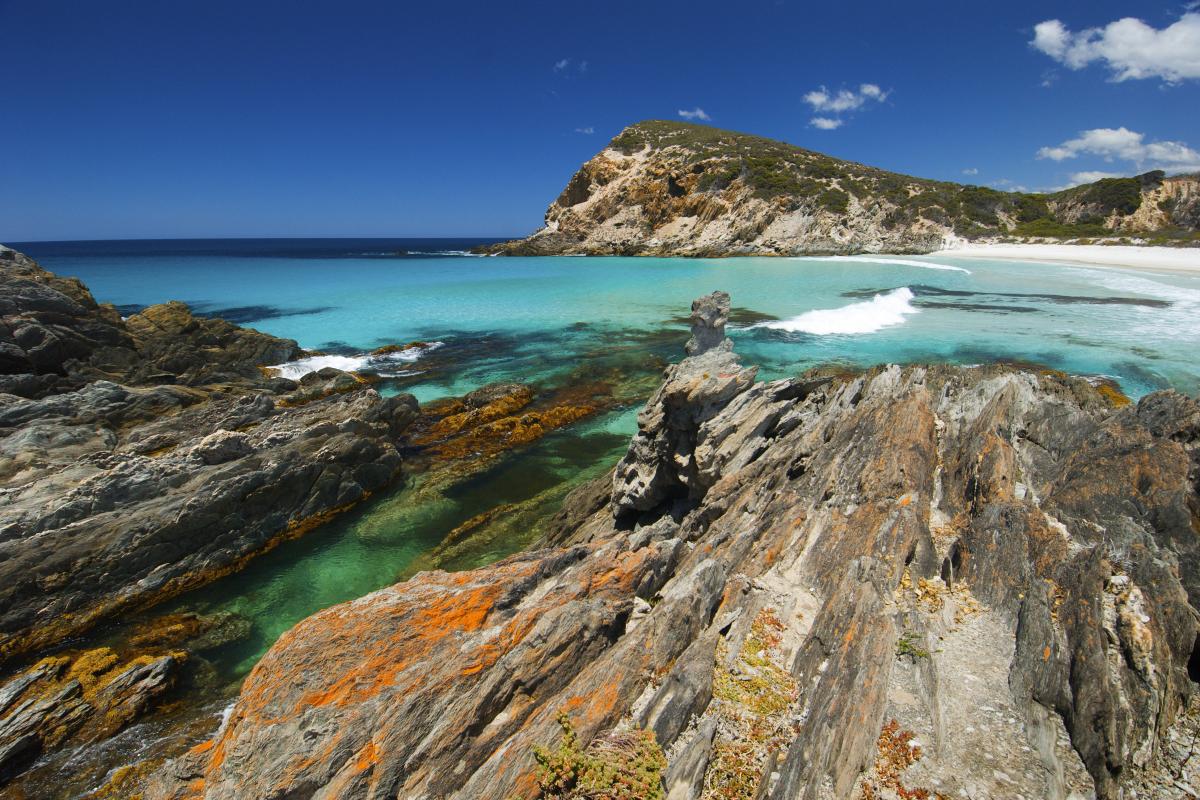

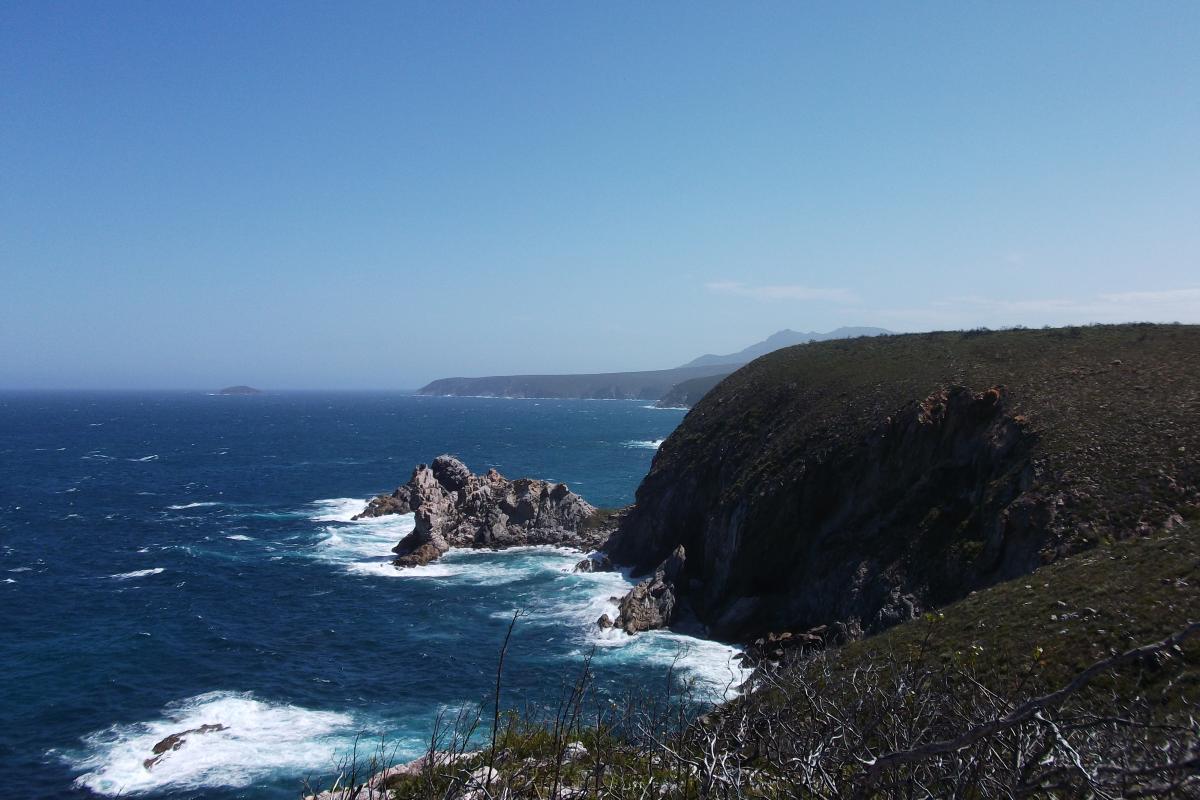
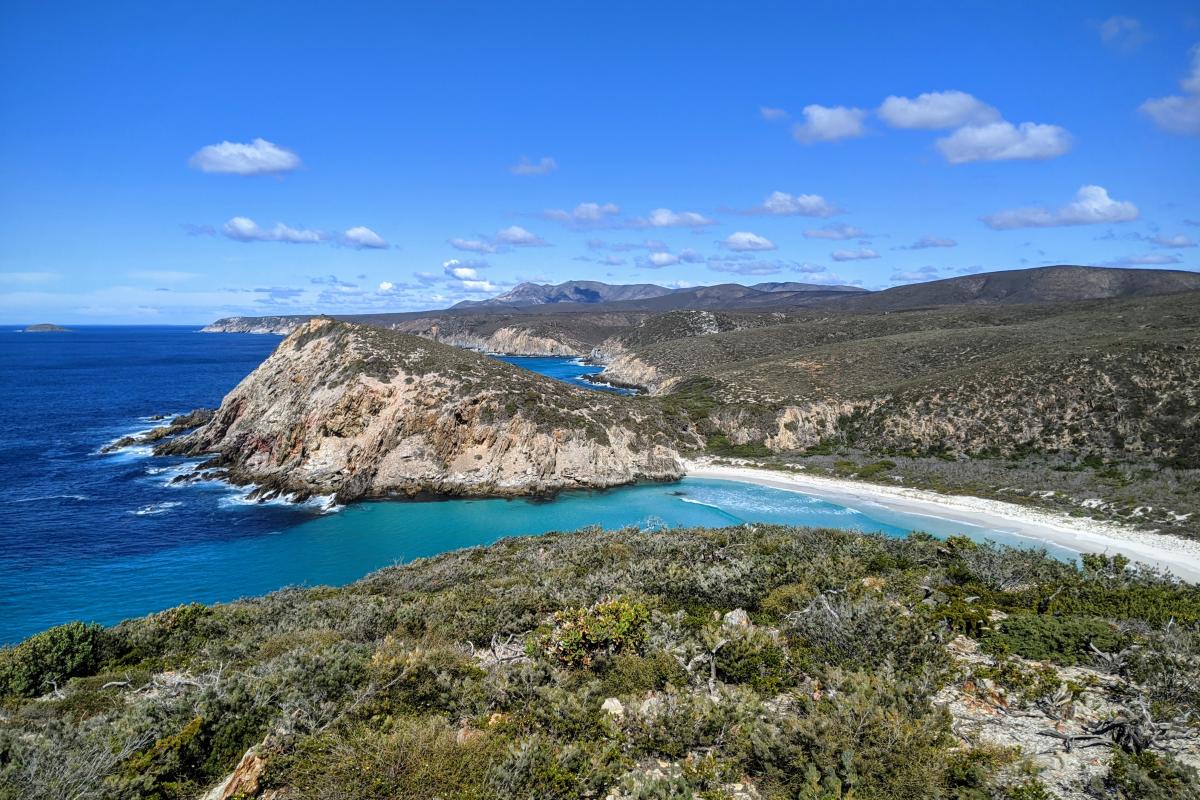
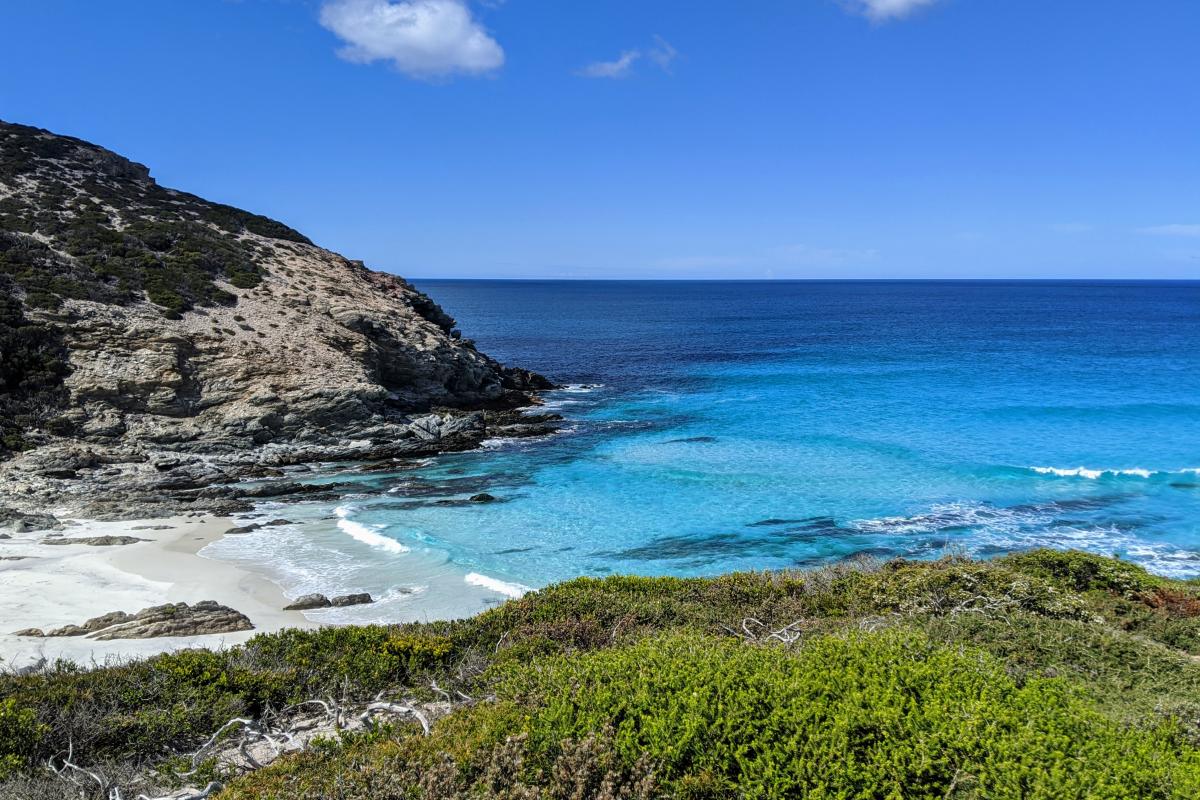
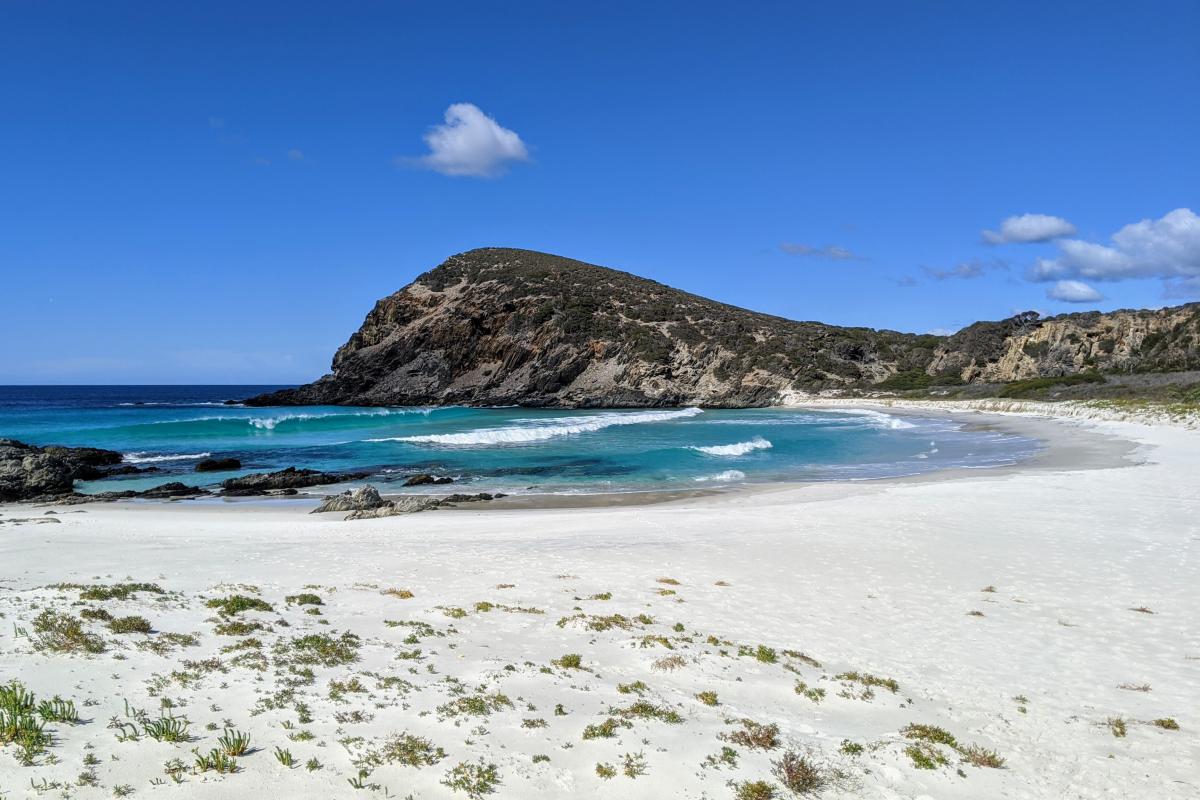
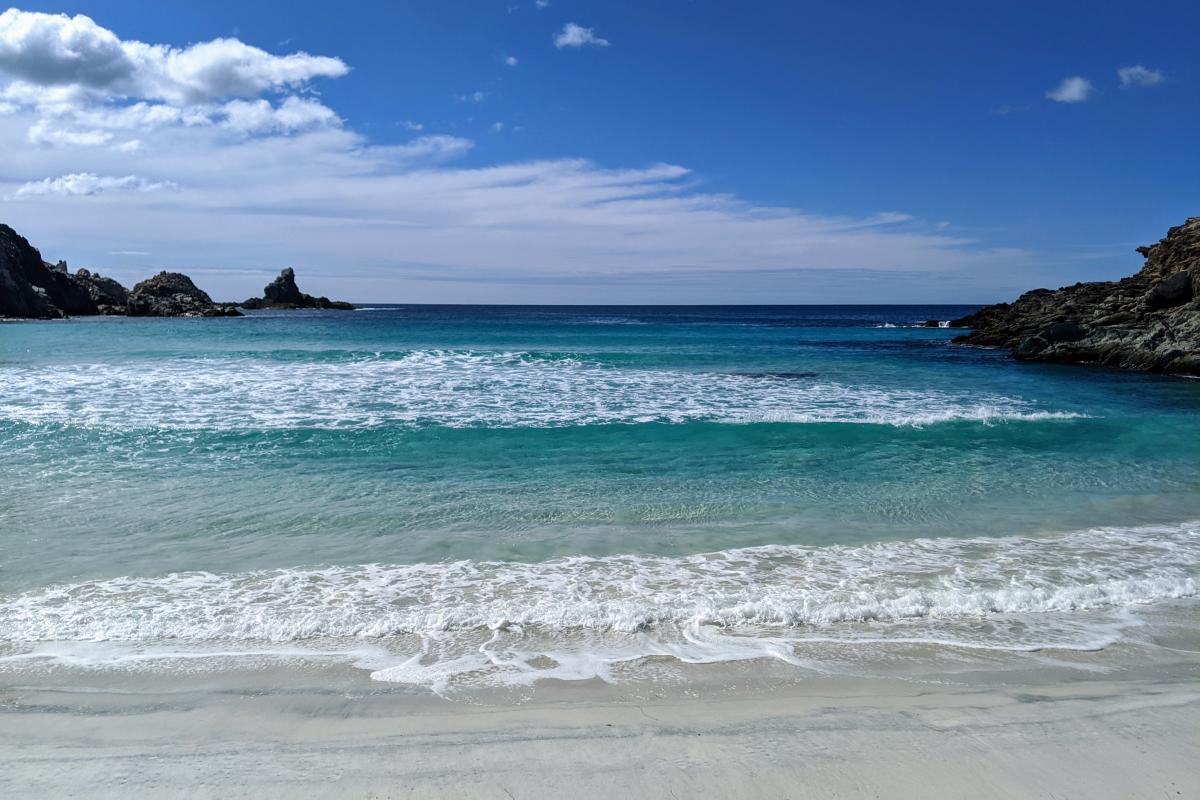

Make the Esperance Promise
While travelling in and around Esperance, make a promise to embrace the elements of this land and ensure your visit is sustainable and respectful. Make the Esperance Promise.
Please note, campfires are not permitted at any of the campgrounds in national parks.
Activities
 Bird watching
Bird watching
 Bushwalking
Bushwalking
 Camping
Camping
 Canoeing and kayaking
Canoeing and kayaking
 Fishing
Fishing
 Swimming
Swimming
Plants, wildlife and fungi
Visit the Atlas of Living Australia for a list of species recorded within a 5km radius of Quoin Head.
Traditional Owners
We recognise and acknowledge Goreng, Menang and Wudjari people as the Traditional Owners of Fitzgerald River National Park.
